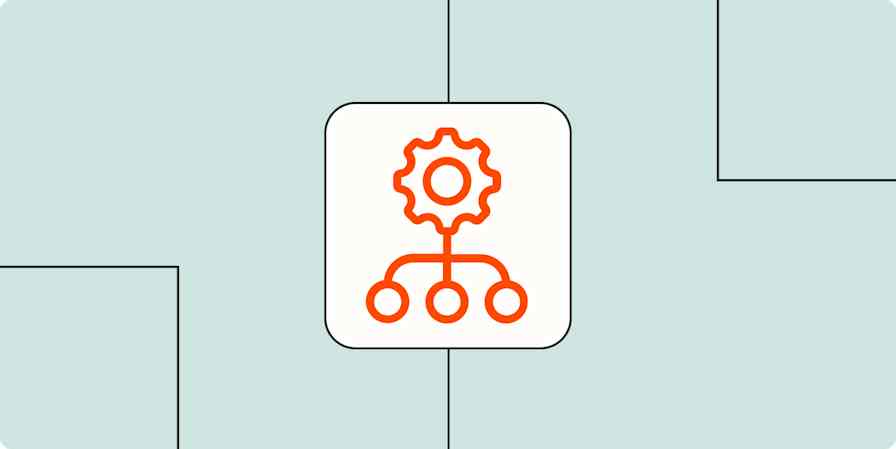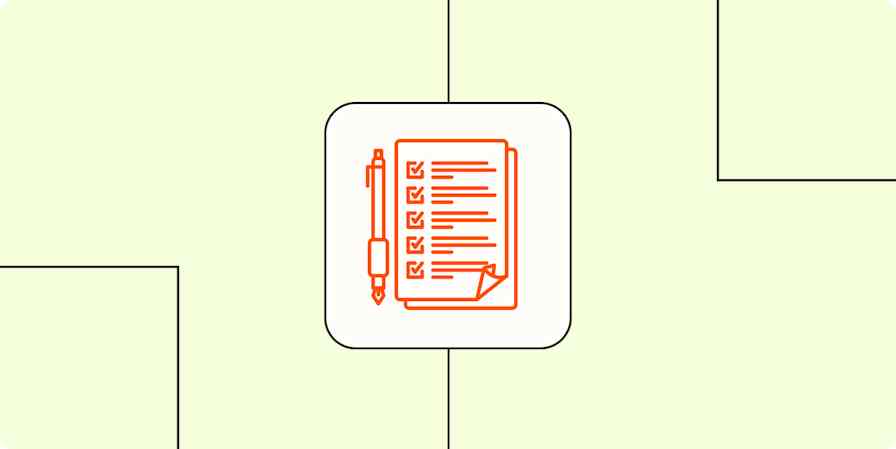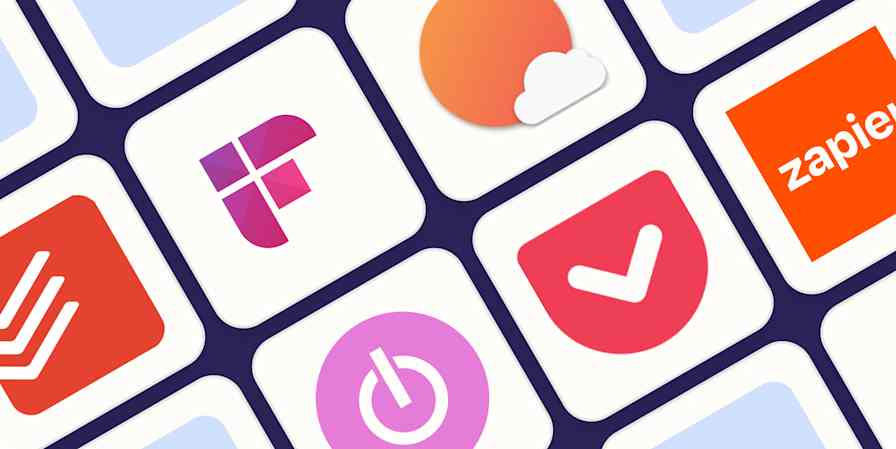Productivity tips
8 min readHow to retire when you're self-employed
By Leanna Lee · January 9, 2025

Get productivity tips delivered straight to your inbox
We’ll email you 1-3 times per week—and never share your information.
Related articles
Improve your productivity automatically. Use Zapier to get your apps working together.








